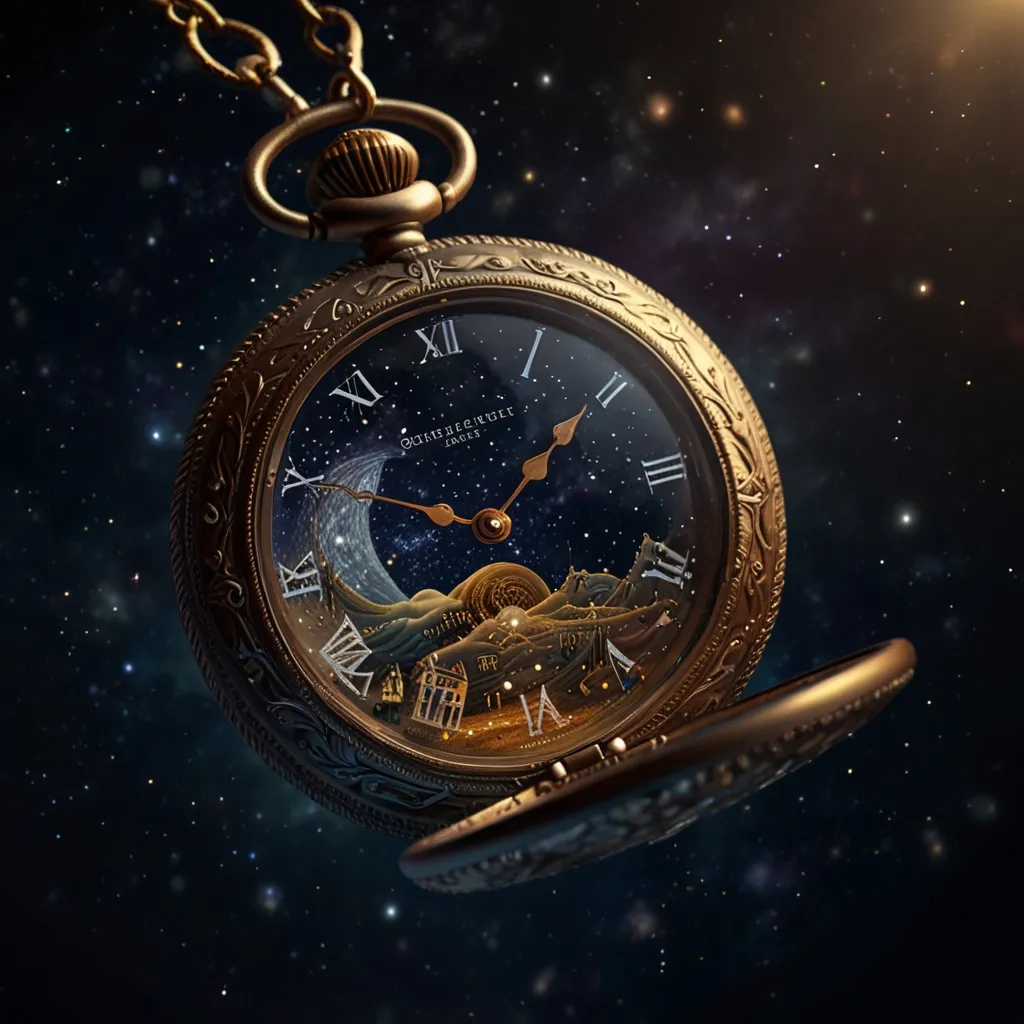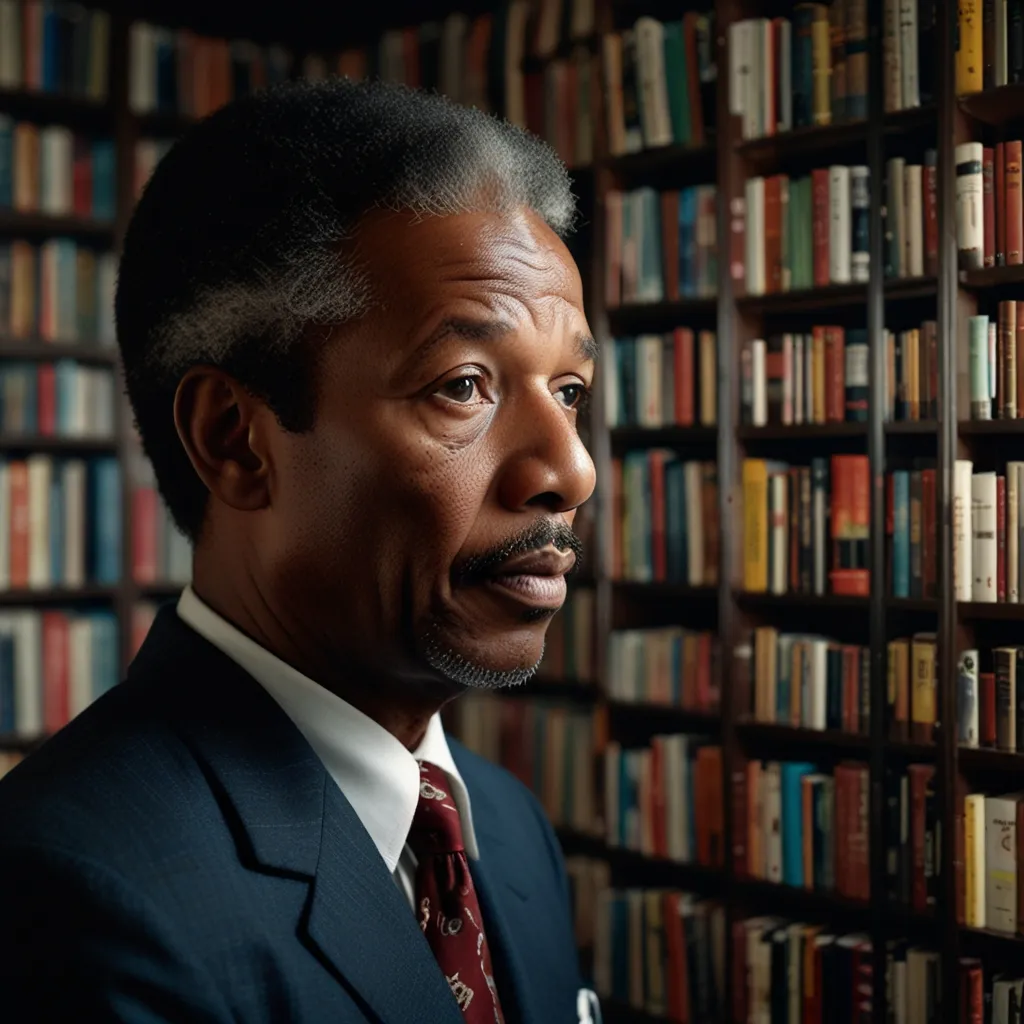In 1165, copies of a bizarre letter started circulating in Western Europe. This letter described an incredible realm with the Tower of Babel and the Fountain of Youth, ruled by a mysterious figure named Prester John. Today, we know Prester John was a fictional character, but his legend profoundly influenced European leaders for the next 400 years. The myth spurred the age of exploration, fueled international diplomacy, and even led to a civil war.
Prester John’s letter emerged while Europe was deep in the Crusades, a series of religious wars aimed at capturing what Christians considered their Holy Land. During this period, the Church fervently opposed non-Christian faiths, including Judaism and Islam, which thrived in the region. Crusaders were desperate to find Christian allies and were captivated by rumors of a powerful Christian king in the Far East who had defeated a massive Muslim army. The truth was that a Mongol horde, including some converted Christians, had won the battle. However, as the story trickled back to Europe, it morphed into a tale about a great Christian army led by a king sharing the Crusaders’ goal of capturing Jerusalem.
When a letter supposedly written by Prester John surfaced, European rulers were ecstatic. Although the letter’s true author remains unknown, it was likely a Western fabrication filled with Eastern stereotypes and aligned with European ambitions. Despite its clear propaganda origins, the myth of Prester John captivated the Crusaders.
European mapmakers soon began speculating about his kingdom’s location. In the 13th and 14th centuries, missionaries traveled east along the Silk Road, not to find Prester John himself, who would have been long dead, but to locate his descendants. The title was briefly attributed to some Central Asian rulers, but it became evident that the Mongols were predominantly non-Christian. With the decline of the Mongol Empire, Europeans started looking for different paths to the Far East and new hints about Prester John’s whereabouts.
Simultaneously, Ethiopian pilgrims began visiting Rome, piquing European interest. Ethiopia had converted to Christianity in the 4th century, making its stories a perfect fit for the Prester John legend. Portuguese explorers scoured Africa for this legendary kingdom. Eventually, a blend of confusion and diplomacy turned myth into reality. Ethiopians warmly welcomed their European visitors, who assumed their ruler to be Prester John. Though initially puzzled by the strange title, the Ethiopians recognized its diplomatic value, playing along and cementing an alliance with Europe over 350 years after the legend began.
However, this partnership was short-lived. A decade later, the Sultanate of Adal, supported by the Ottoman Empire, invaded Ethiopia. Portugal sent troops to aid the Ethiopians, who emerged victorious. But Ethiopia wasn’t the powerful ally Europe had imagined. Additionally, the increasingly dogmatic Roman Catholic Church began to view the Ethiopian form of Christianity as heretical. Efforts to convert the Ethiopians led to a civil war, and by the 1630s, Ethiopia severed ties with Europe.
Over the next two centuries, the legend of Prester John gradually faded away, ending the saga of a king who shaped history despite never existing at all.






